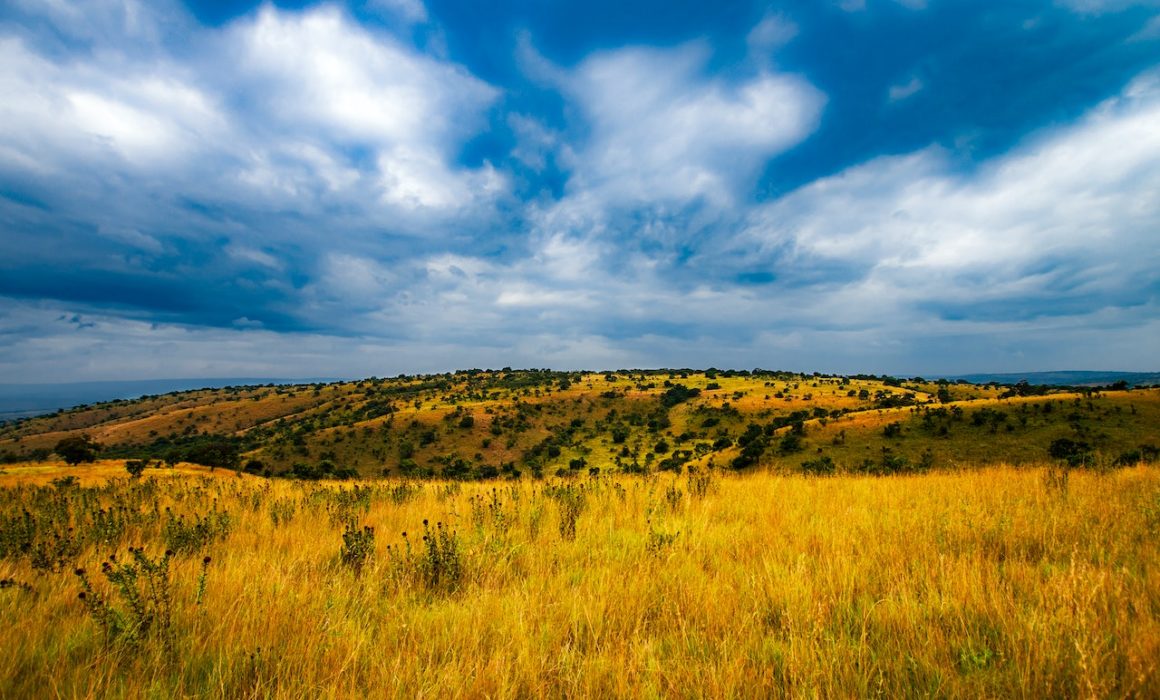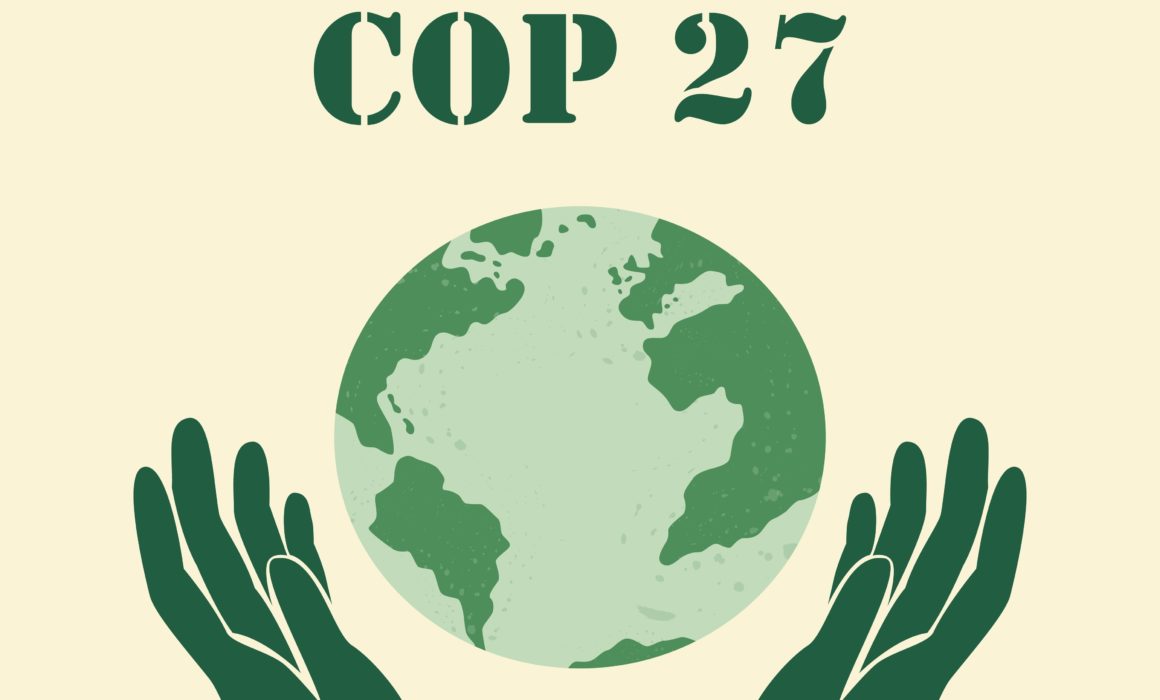Genetic analysis of soil and sediment from Lake Hazen, the largest freshwater lake in the High Arctic, suggests that the risk of viral spread may be higher in the vicinity of melting glaciers. As global temperatures rise due to climate change, it becomes more likely that viruses and bacteria trapped in glaciers will awaken and infect local wildlife.










